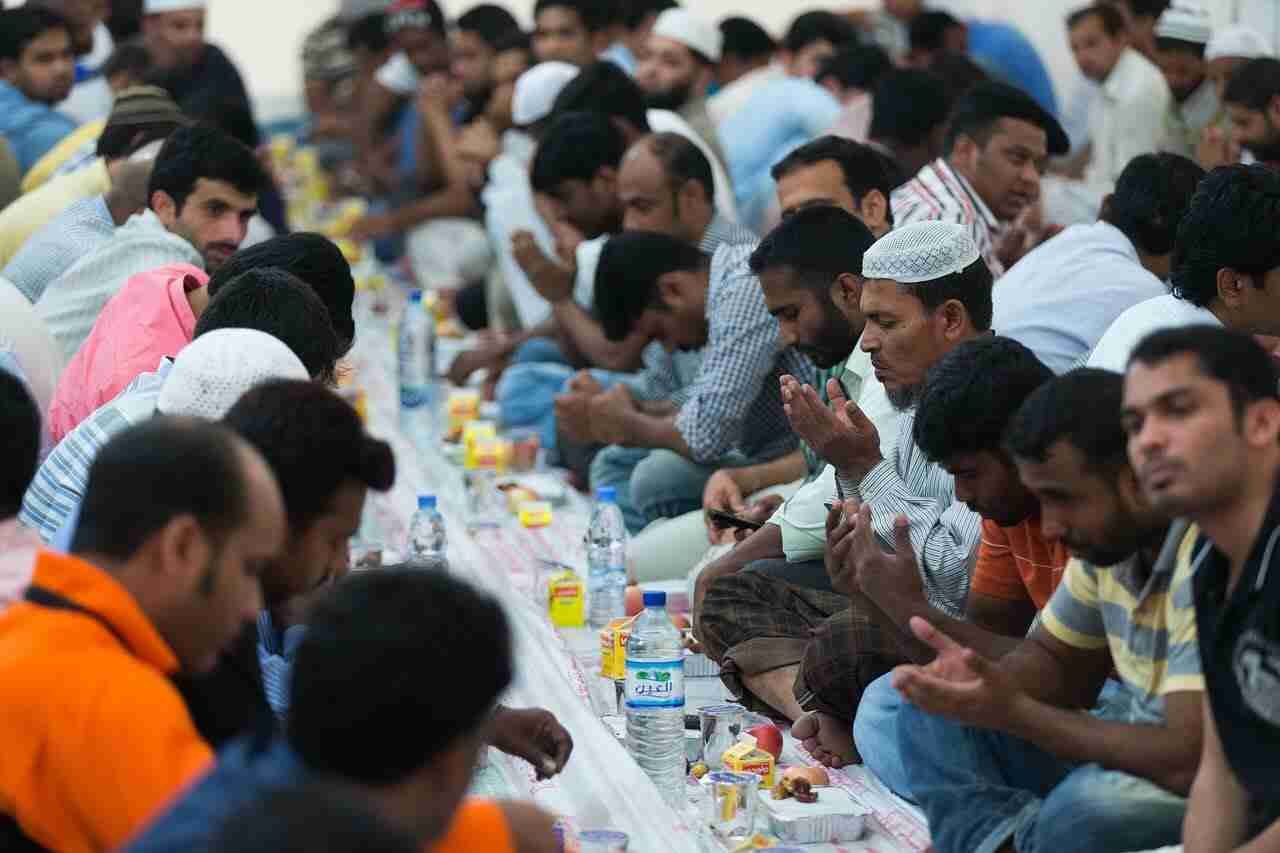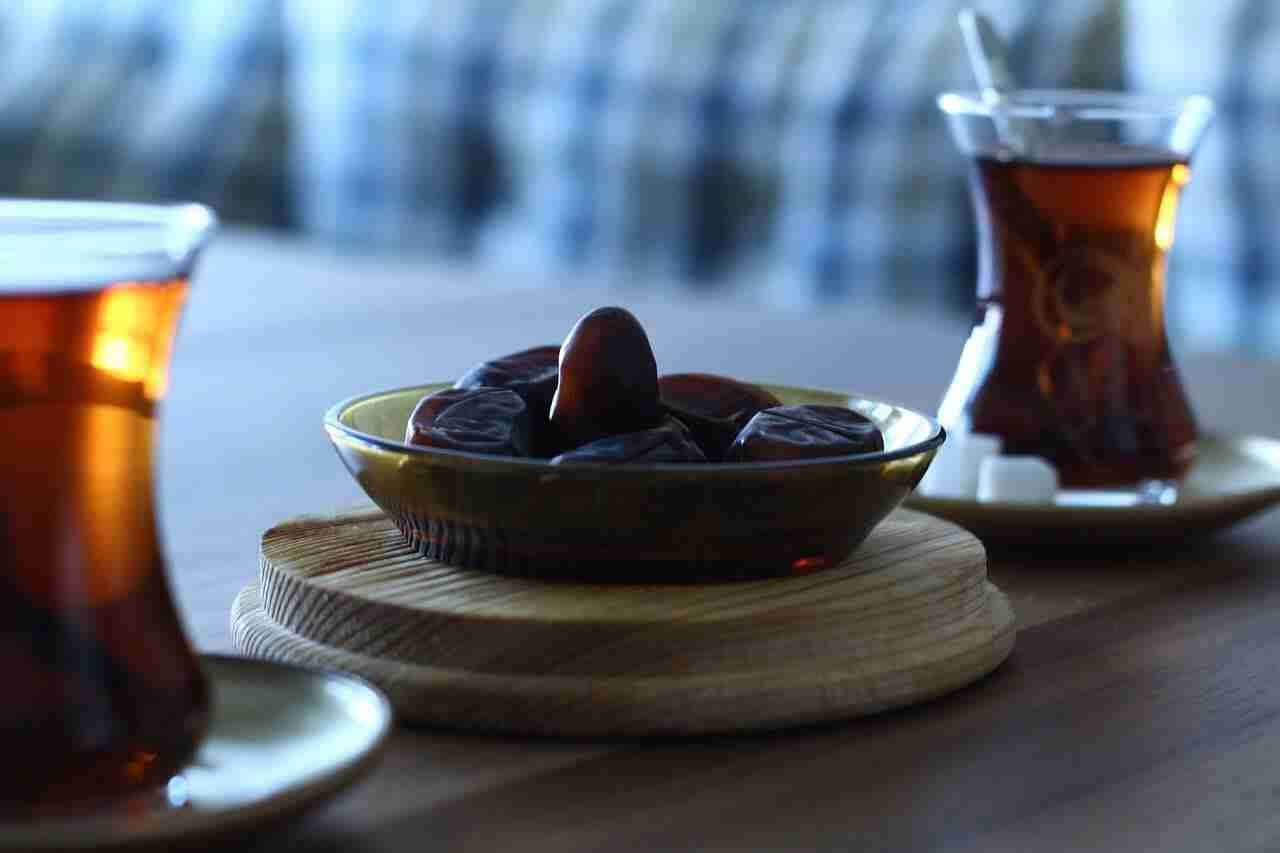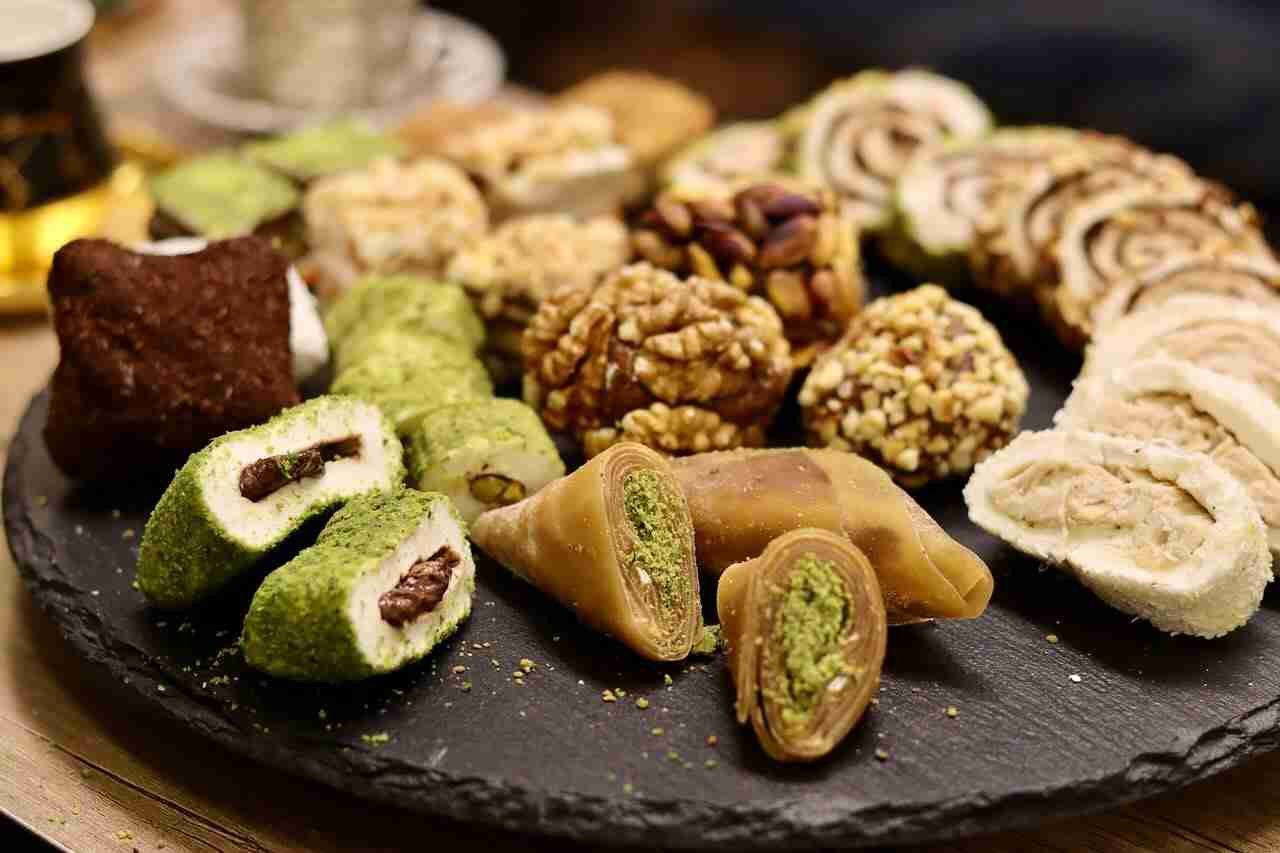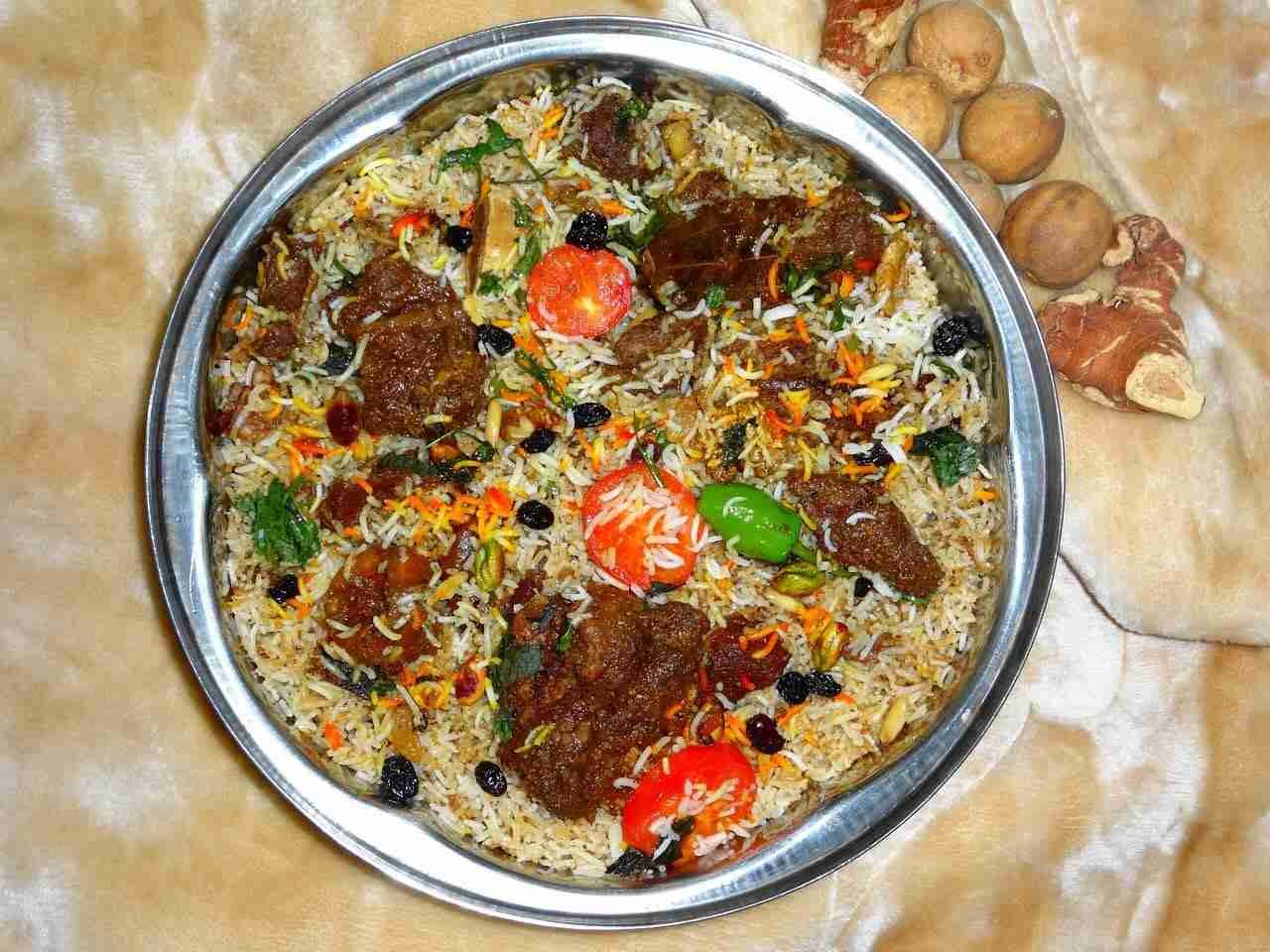Ramadan is a time of reflection, devotion, and togetherness—a sacred month that holds deep significance for Muslims around the world.
While it is widely known as a time of fasting, there is so much more to this beautiful observance than abstaining from Ramadan food and drink.
From its origins and meaning to its cherished traditions like iftar and the delicious Ramadan food that brings people together, let’s take a deep dive into the heart of Ramadan!
The Origin and Meaning of Ramadan
Ramadan is the ninth month of the Islamic calendar, a lunar calendar based on the phases of the moon.
What sets this month apart is its spiritual significance—it is believed to be the month in which the Quran, the holy book of Islam, was first revealed to the Prophet Muhammad. Because the Islamic calendar is lunar, Ramadan shifts each year, moving back about 10 to 12 days on the Gregorian calendar. This means that Muslims experience Ramadan in different seasons over their lifetime, from the long summer days to the shorter days of winter.
The word “Ramadan” itself comes from the Arabic root word “ramad,” meaning “scorching heat.” While this originally referred to the physical heat of the desert, it has come to symbolize the intensity of spiritual dedication during the month.
For Muslims, Ramadan is a time for fasting, prayer, charity and community. It is a period of self-discipline and reflection, aimed at drawing closer to God and cultivating gratitude and empathy for those in need.

Who Celebrates Ramadan and Where?
Ramadan is observed by over 1.9 billion Muslims across the globe, making it one of the most widely celebrated religious observances.
From bustling cities like Jakarta and Istanbul to small villages in Morocco and Pakistan, you will find Muslims observing Ramadan in almost every corner of the world. Countries with significant Muslim populations—like Indonesia, Saudi Arabia, and Malaysia—see life revolve entirely around Ramadan during this month, with adjusted work hours and nightly prayers known as “Taraweeh.”
That said, Ramadan is not just limited to predominantly Muslim countries.
In cities like New York, London, and Sydney, vibrant Muslim communities come together to share the spirit of Ramadan, holding communal iftars with plenty of Ramadan food and events that bring people of all faiths together. It is a month that transcends borders, languages and cultures, uniting Muslims in their shared devotion and practices.
The Heart of Ramadan: Fasting
At the core of Ramadan is fasting, known as “sawm.”
From dawn (suhoor) to sunset (iftar), Muslims abstain from food, drink, smoking, and other physical needs. The fast is broken at sunset with a meal called iftar, and before dawn, a pre-dawn meal called suhoor is consumed to prepare for the day ahead. Fasting is not just about physical restraint—it is a spiritual act that teaches self-control, gratitude, and compassion.
By experiencing hunger and thirst, Muslims are reminded of the plight of those who are less fortunate, inspiring acts of charity and generosity.

The Magic of Iftar: A Feast at Sunset
The word “iftar” comes from the Arabic root meaning “break” or “breaking the fast,” and it is so much more than just a meal.
It is a time of celebration, community, and gratitude. Picture this: the sun dips below the horizon, the call to prayer fills the air, and families and friends gather around a table laden with delicious Ramadan food.
Traditionally, iftar begins with dates and water, just as the Prophet Muhammad did. Dates provide a quick energy boost, and their natural sweetness is a comforting way to ease into the meal. From there, Ramadan food varies depending on cultural traditions and personal preferences. For some, iftar might feature harira lentil soup and samosas, while others might enjoy rice dishes like biryani or kabsa.
And let’s not forget about the desserts! Sweet treats like balaleet, baklava, kunafa, luqaimat and qatayef are staples of Ramadan food staples, adding a touch of indulgence to the holy month.
What makes iftar even more special is the communal aspect. In many places, mosques and community centers hold large iftar events where anyone, regardless of background, can join in. Breaking bread together fosters a sense of unity and strengthens the bonds of community.

Ramadan Food: A Celebration of Flavor and Tradition
Ah, Ramadan food—two words that instantly evoke images of vibrant, flavorful dishes and lovingly prepared meals.
One of the best things about Ramadan food is its diversity, reflecting the culinary traditions of Muslims around the world. Let’s take a moment to savor some of the standout dishes that make Ramadan so delicious.
In the Middle East, you will often find hearty soups like lentil or harira as a starter, followed by dishes like sambousek, stuffed grape leaves, grilled kebabs, kibbeh, and lamb stews. Meanwhile, South Asian iftar tables might feature pakoras, samosas, and fruit chaat—a tangy fruit salad spiced with chaat masala.
In Southeast Asia, Ramadan is synonymous with bazaars that spring up in towns and cities, offering a dazzling array of food. Think murtabak (stuffed savory pancakes), satay (grilled meat skewers), and cendol (a sweet, icy dessert). And in Turkey, Ramadan means pide—a soft, round bread sprinkled with sesame seeds—paired with savory dishes like stuffed eggplant and kebabs.
What ties all these dishes together is the love and care that goes into preparing them. Ramadan food is more than sustenance; it is a way to nourish the body and soul, bring people together, and celebrate the blessings of the month.
If you need more inspiration for Ramadan food, head over to Feel Good Foodie for a bunch of Ramadan recipes!

The Beauty of Suhoor
While iftar often gets the spotlight, suhoor—the pre-dawn meal—is equally important during Ramadan. It is a quieter, more intimate affair, usually eaten in the early hours before Fajr (the dawn prayer).
Suhoor typically consists of lighter, energy-packed foods like yogurt, fruit, eggs, and bread, designed to sustain Muslims throughout the day. Hydration is also key, so beverages like water, milk, and herbal teas are common.
Suhoor is a time for reflection and preparation, a moment to gather strength for the day ahead. It is a reminder that Ramadan is not just about abstaining from food but also about embracing mindfulness and intention in every action.
Ramadan Food Beyond the Table: Giving Back
One of the most beautiful aspects of Ramadan is the emphasis on charity, known as “zakat” or “sadaqah.”
Sharing food is a fundamental part of this, whether it is organizing an iftar for those in need or simply sending a dish to a neighbor. During Ramadan, the act of feeding someone fasting earns special rewards, making it a deeply fulfilling way to connect with others and share the blessings of the month.
A Time for Connection
Ramadan is much more than a month of fasting—it is a time for connection.
Connection to God, to one’s community, and to oneself. It is a time to slow down, reflect, and realign with the values of gratitude, compassion, and humility. And let’s not forget the joy of gathering around the table for iftar, sharing delicious Ramadan food, and creating memories that last a lifetime.
So, whether you are observing Ramadan or simply curious about its traditions, let the spirit of the month inspire you. Cook a dish for a friend, join an iftar event, or take a moment to appreciate the beauty of faith and togetherness. Ramadan Kareem to those celebrating, and may this month be a source of light and blessings for all!
What is your favorite Ramadan food or memory? I would love to hear about it in the comments! Until next time, happy cooking and eating.